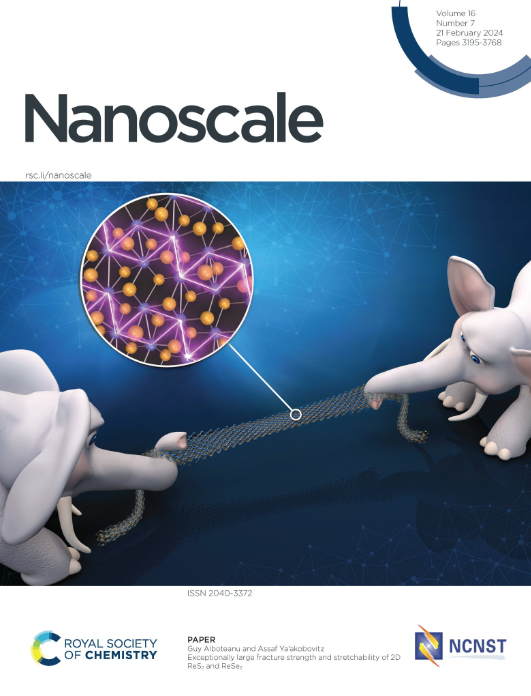Sustainable and Economical Approach for Effective Adsorption of Antibiotics and Heavy Metal Ions using Neolamarckia cadamba-mediated MgO-rGO Nanocomposites
IF 5.1
3区 材料科学
Q1 CHEMISTRY, MULTIDISCIPLINARY
引用次数: 0
Abstract
This study investigates the adsorption behavior of antibiotics on graphene-based nanocomposites (NCs) and their transport in aqueous systems. MgO-rGO NCs were synthesized using a green route involving Neolamarckia cadamba fruit extract, which served as a reducing agent for both magnesium salts and graphene oxide. The resulting NCs were authenticated by XRD, FTIR, Raman, EDS, BET, SEM, and TEM. Adsorption performance was evaluated under variable parameters, including pH, contact period, temperature, dosage, and initial antibiotic concentration. The MgO-rGO NCs demonstrated high removal efficiencies for amoxicillin (95.51%), cephalexin (90.19%), and penicillin (97.89%), even at low adsorbent dosages (0.020 g/L). Similarly, the efficient adsorption was observed for the of Cu2+(96.51%), Pb2+(96.86 %), and Bi3+(98.22 %). Adsorption kinetics followed the pseudo-second order model, while equilibrium data conformed to both Langmuir and Freundlich isotherms. The NCs exhibited excellent reusability and a high surface area, highlighting their potential as sustainable materials for the removal of antibiotics contaminants from wastewater.纳米复合材料对抗生素和重金属离子的可持续经济吸附研究
本研究研究了抗生素在石墨烯基纳米复合材料(NCs)上的吸附行为及其在水体系中的转运。采用绿色路线合成了镁盐和氧化石墨烯的还原剂——新木香果提取物。通过XRD、FTIR、Raman、EDS、BET、SEM、TEM等手段对纳米碳进行了表征。在pH、接触时间、温度、剂量和初始抗生素浓度等参数下,对吸附性能进行了评价。即使在低吸附剂浓度(0.020 g/L)下,MgO-rGO NCs对阿莫西林(95.51%)、头孢氨苄(90.19%)和青霉素(97.89%)的去除率也很高。同样,对Cu2+(96.51%)、Pb2+(96.86%)和Bi3+(98.22%)的吸附效果也很好。吸附动力学符合拟二级模型,平衡数据符合Langmuir和Freundlich等温线。NCs表现出优异的可重复使用性和高表面积,突出了它们作为去除废水中抗生素污染物的可持续材料的潜力。
本文章由计算机程序翻译,如有差异,请以英文原文为准。
求助全文
约1分钟内获得全文
求助全文
来源期刊

Nanoscale
CHEMISTRY, MULTIDISCIPLINARY-NANOSCIENCE & NANOTECHNOLOGY
CiteScore
12.10
自引率
3.00%
发文量
1628
审稿时长
1.6 months
期刊介绍:
Nanoscale is a high-impact international journal, publishing high-quality research across nanoscience and nanotechnology. Nanoscale publishes a full mix of research articles on experimental and theoretical work, including reviews, communications, and full papers.Highly interdisciplinary, this journal appeals to scientists, researchers and professionals interested in nanoscience and nanotechnology, quantum materials and quantum technology, including the areas of physics, chemistry, biology, medicine, materials, energy/environment, information technology, detection science, healthcare and drug discovery, and electronics.
 求助内容:
求助内容: 应助结果提醒方式:
应助结果提醒方式:


